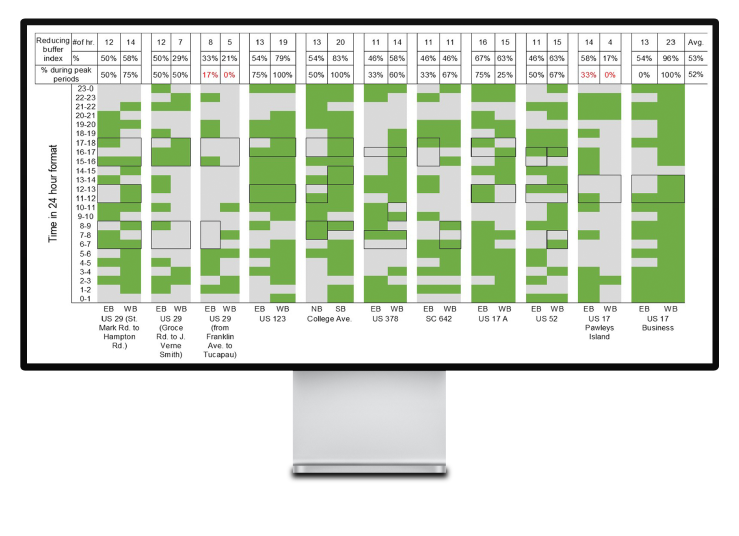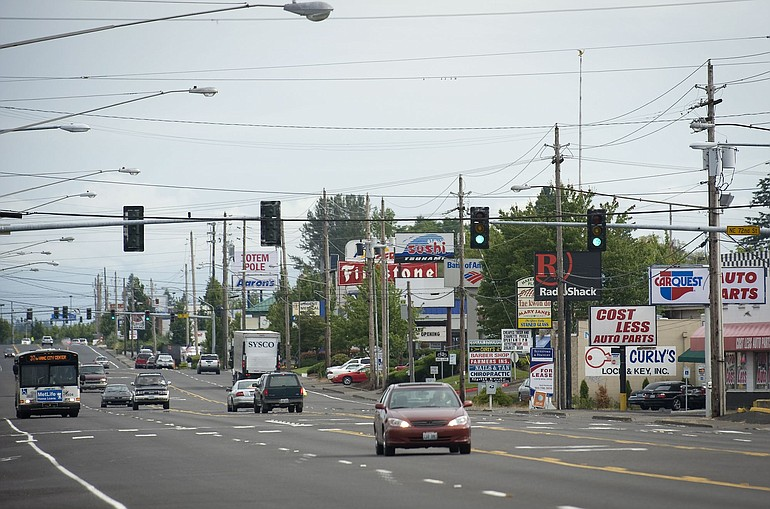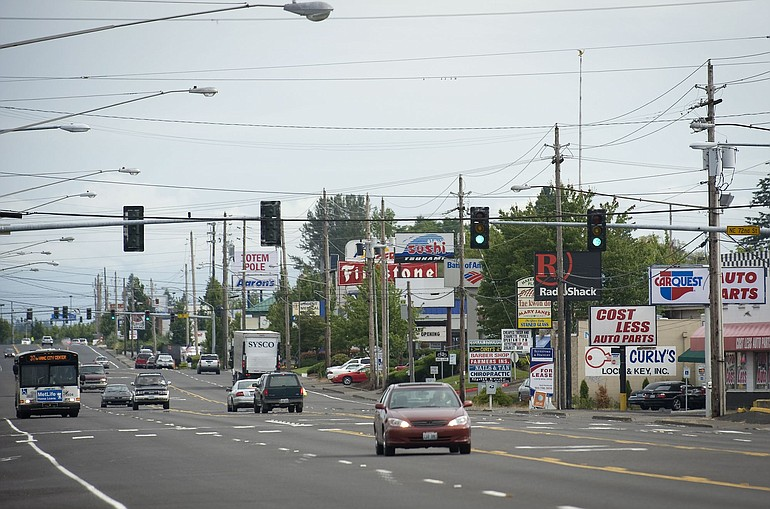The Current State of Urban Sprawl
Between proposals on widening roads, further enforcing traffic laws, and improving public transit services, everyone has a stake in congestion management. However, not all proposed solutions can happen quickly. Considering the current state of urban sprawl, agencies could benefit from updating hardware and software already in use promptly to ensure travel efficiency and safeguard streets for all vulnerable road users. So how can you optimize the traffic signals you already have in place?
Cubic Trafficware's SynchroGreen Adaptive system optimizes traffic signals by considering side street and pedestrian traffic and mainline congestion. This multi-modal approach benefits all VRUs by reducing stopping times, decreasing peak-hour travel times and lessening total system delays.
Clark County, WA
Consider the use case for Clark County, WA, for example. A business corridor near Highway 99 experienced heavy traffic from noon until early evening, requiring 110 to 130-second signal timings during peaks. When vehicle traffic volumes dropped by more than 50% in early 2020 due to the COVID-19 pandemic, SynchroGreen automatically adjusted signal timing to 80 to 90 seconds. Clark County's investment in Cubic's products led to 100% budget protection by eliminating the need to manually schedule work crews to change signal timing at intersections during the pandemic.

The path to safer travel doesn't have to be a tiring stretch. Adapt to traffic, enhance signal communications, and maximize available roadway capacity. Get all road users there. Safer.
Ready to get on a greener path? Email us at cts.its.sales@cubic.com for more information on how to obtain a quote.




